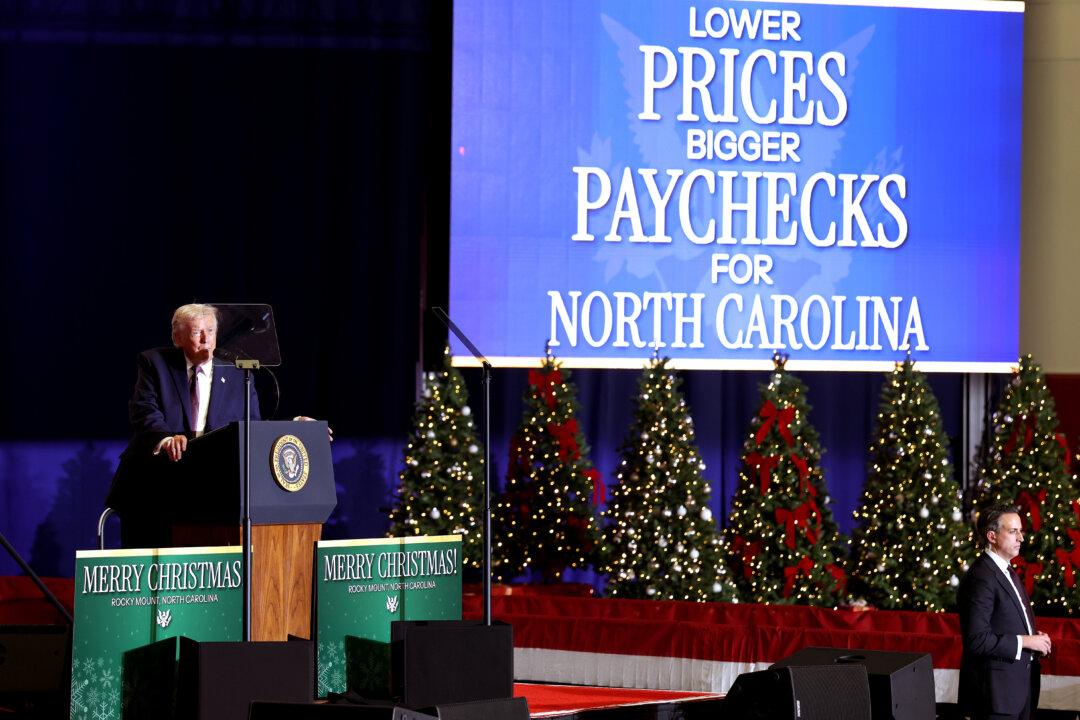When we think of Thailand we often think of its world-renowned cuisine, its breathtaking natural landscapes, and its rich cultural heritage. However, Thailand’s strengths go beyond scenic beauty and colorful history.
Thailand is the largest automotive manufacturer in Southeast Asia. And it has become a regional hub for the aviation and aerospace industry. Both industries have experienced rapid growth and have attracted significant foreign investment over the last few decades.
“Thailand’s industry has grown because Japan has lost its competitiveness. They had to relocate a lot of manufacturing to Thailand. That’s how our industrial base grew,” said Chutintorn Gongsakdi, director-general of International Economic Affairs, a department of Thailand’s Ministry of Foreign Affairs.
Thailand has long been considered an investor friendly country with its low tax rates, cheap labor, and geographical advantage. However, domestic political instability, which resulted in a coup d'état in May 2014, has affected the business and investment environment in the country. Thailand has lagged behind neighboring countries in private investments.
As the political climate settled down over the past year, the government is now looking to restore investor confidence. And it is primarily focusing on promoting its two niche industries: automotive and aviation.
On a visit to Thailand in October, arranged by the Thai Consulate General in New York and Thailand’s Board of Investment, Chutintorn explained how these industries will help shape the country’s economic future:
“We are more than Thai food or Thai dancing. ... What will make us a developed country is our industry and services.”






